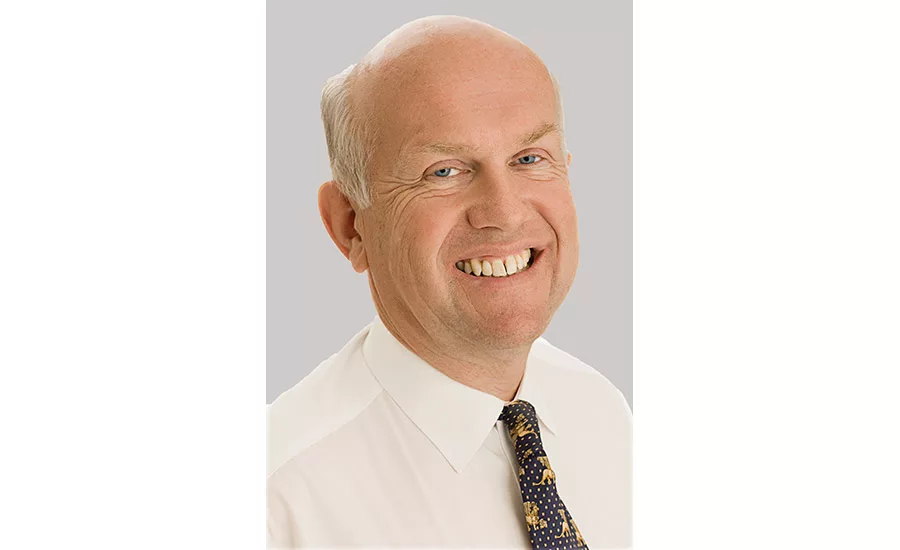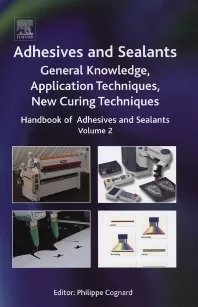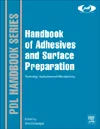Focus on the Future of the Adhesives and Sealants Industry
Key chemical industry topics such as sustainability, acquisition integration, innovation and more will be topics of the ASC Executive Leadership Conference.




Top executives will gather at the Adhesive and Sealant Council’s 2017 Executive Leadership Conference, scheduled to take place October 16-18 at the Westin LaPaloma Resort and Spa in Tucson, Ariz. The event promises to be an opportunity to network and learn from thought leaders in the industry. Topics to be discussed include key chemical industry developments as these relate to the adhesives and sealants industry, acquisition integration, innovation trends, and more.
Adjusted Thinking
The conference begins with a talk from Paul Hodges, chairman of International eChem, who will present “Future Focus: Ahead of the Curve for 2017 and Beyond.” Hodges says manufacturers need to focus on sustainability of products, rather than globalization.
“Globalization as a driver for the economy is getting played out,” he says. “We don’t need globalization in a way that we did 10 or 20 years ago in order to supply an incredible, insatiable demand for stuff. Instead, the key driver is really becoming sustainability. How can we keep things in the market longer? This is really a fantastic opportunity for adhesives and sealants manufacturers. There’s a big new opportunity out there.”
Value also needs to be a major factor when developing products. “Think about the value you’re creating―not just from the product,” he says.
He cites the automotive industry as an example. “No one wakes up thinking, ‘Oh, I really need to own a car.’ What they’re actually thinking about is mobility.
Mobility is the value, not the car itself. Hence, Hodges says there are opportunities for adhesive manufacturers to partner with dealerships, for example, on servicing the car. “If one can help dealers to maintain and keep cars on the road, give them a guaranteed service so that you don’t have so many breakdowns, people are quite happy to pay for that as a kind of insurance.”
Making Strategic Deals
Ted Clark is no stranger to acquisitions. As CEO of Royal Adhesives & Sealants, he has first-hand experience with acquisition integration, as Royal acquired the business assets of the Ball Ground aircraft sealant repackaging business (Ball Ground) from Graco Supply earlier this year, and purchased Bacon Adhesives LLC in 2016. In his talk, “Acquisition Integration (AI) at Royal Adhesives & Sealants,” Clark will discuss key integration principals and the strategy his company used.
“Our most recent acquisition was done to support our growth in the aircraft sealant market to expand our coverage into the Southeast region of the U.S. to support Lockheed, Boeing, and other aircraft manufacturing and maintenance centers,” he says. “As with the majority of our acquisitions, the strategy is built around acquiring a capability, technology or geographic expansion that addresses and supports a long-term objective of our business.”
The biggest benefits these types of acquisitions offer, he says, “are the management and employees, who have specialty know-how and experience with their customers and, many times, they are experts in the niche markets they service. By being proactive, we have avoided a lot of the pitfalls of acquisitions integration by communicating our goals and objectives to all the key stakeholders, including customers, employees, suppliers, and local community, and then following through on our commitments to them.”
For other companies seeking to be acquired or being pursued by another company, the sales process can be very intense and time consuming. Clark recommends retaining a qualified investment banker to help companies understand the sale process, business valuation and to qualify good potential buyers.
High-Speed Innovation
The automotive industry has come a long way and continues to change at a high speed. Andy Acho will give the talk “Auto Industry Outlook and Practical Sustainability.” As an environmental initiatives expert and former worldwide director of Environmental Outreach and Strategy at Ford Motor Co., Acho will explain how the automotive industry is changing faster now than it has over the past 100 years.
A 46-year veteran of Ford, Acho says the “old business model is no longer working. By old business model, I mean having physical prototypes you build. It takes weeks—sometimes months—and then if you make a change, it takes more weeks and more months. And those things are now becoming virtual prototypes so it does not take as much [time].”
Acho also says fewer acquisitions of various companies are taking place. Instead, more alliances are developed where people are working with each other. “You can even call them frenemies,” he says. “They’re your friends when you’re doing things with them, but they’re your enemies because you’re competing with them.”
Another continuing trend in the automotive market is lightweighting, which is being achieved with the help of adhesives being used in place of mechanical fasteners. Acho cites Ford’s switch to aluminum on its F-series trucks in 2015, which he says reduced the vehicles’ weight by 700 lbs. That weight reduction “means that you also have more power and more fuel economy.”
In addition, these lighter-weight vehicles will most likely require the use of dissimilar materials and new processes, which will reduce the use of spot welds and may provide a dramatic increase in the amount of adhesive bonding. Light weighting also offers a sustainability benefit through reduced reliance on fossil fuels as a vehicle’s fuel economy is improved. Reducing weight is a virtuous cycle whereby a lighter body can use a smaller and lighter engine with smaller and lighter components, like brakes, without any loss in performance. ASI
For more information, visit www.ascouncil.org.
Looking for a reprint of this article?
From high-res PDFs to custom plaques, order your copy today!









